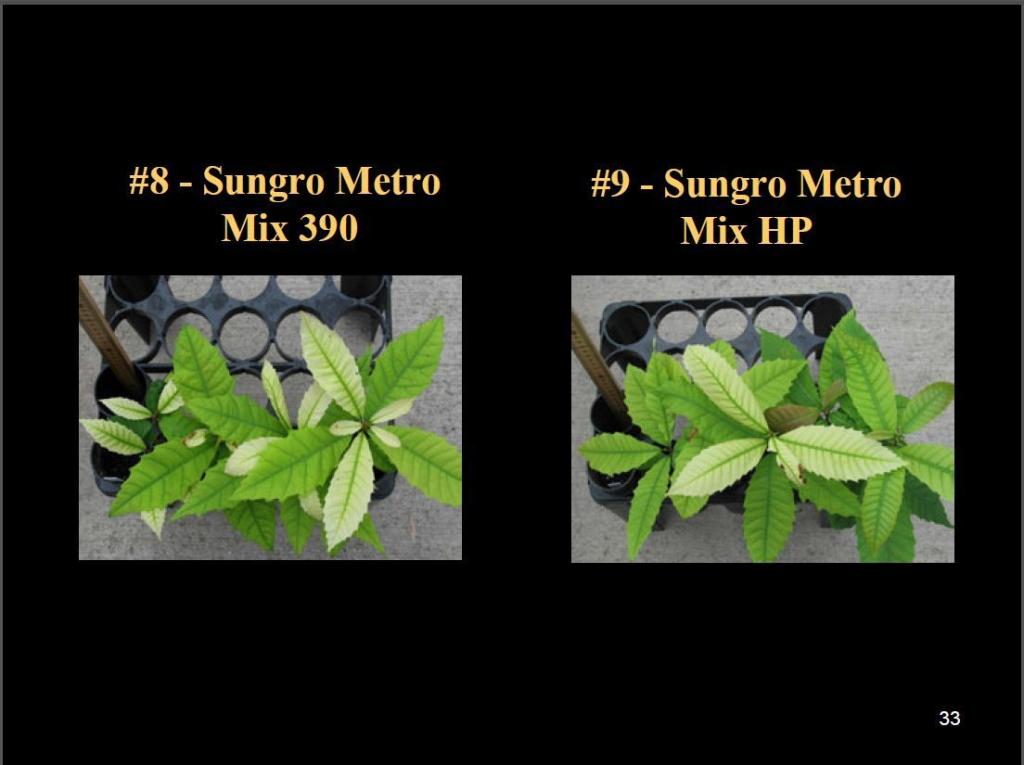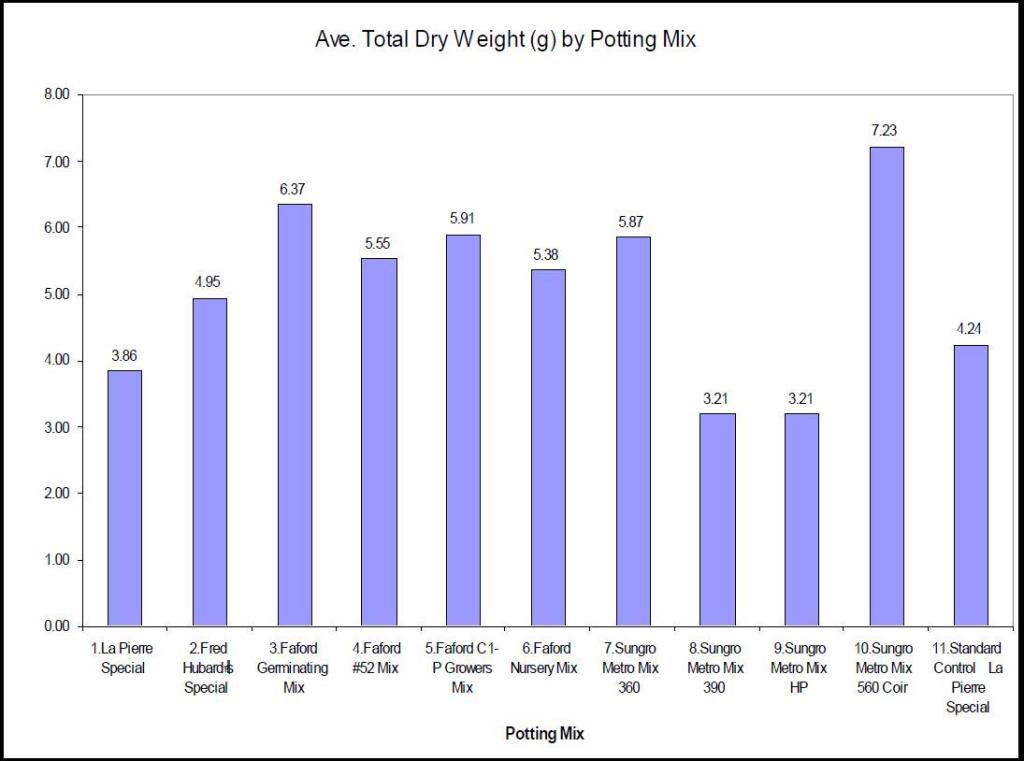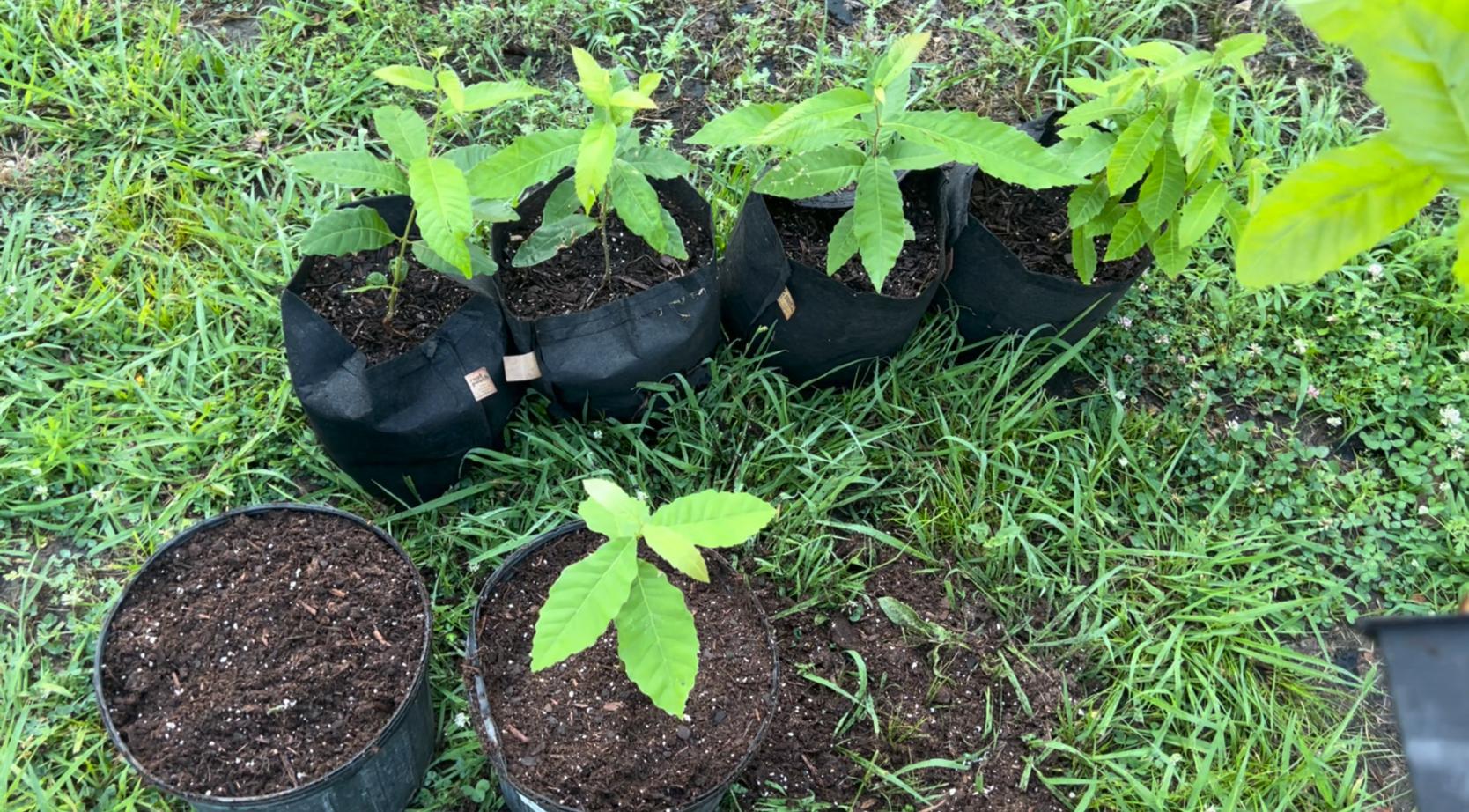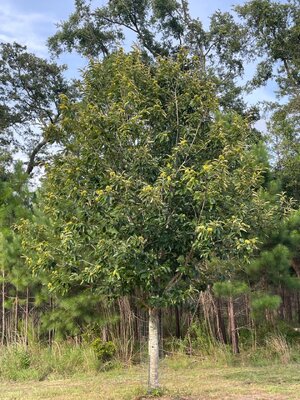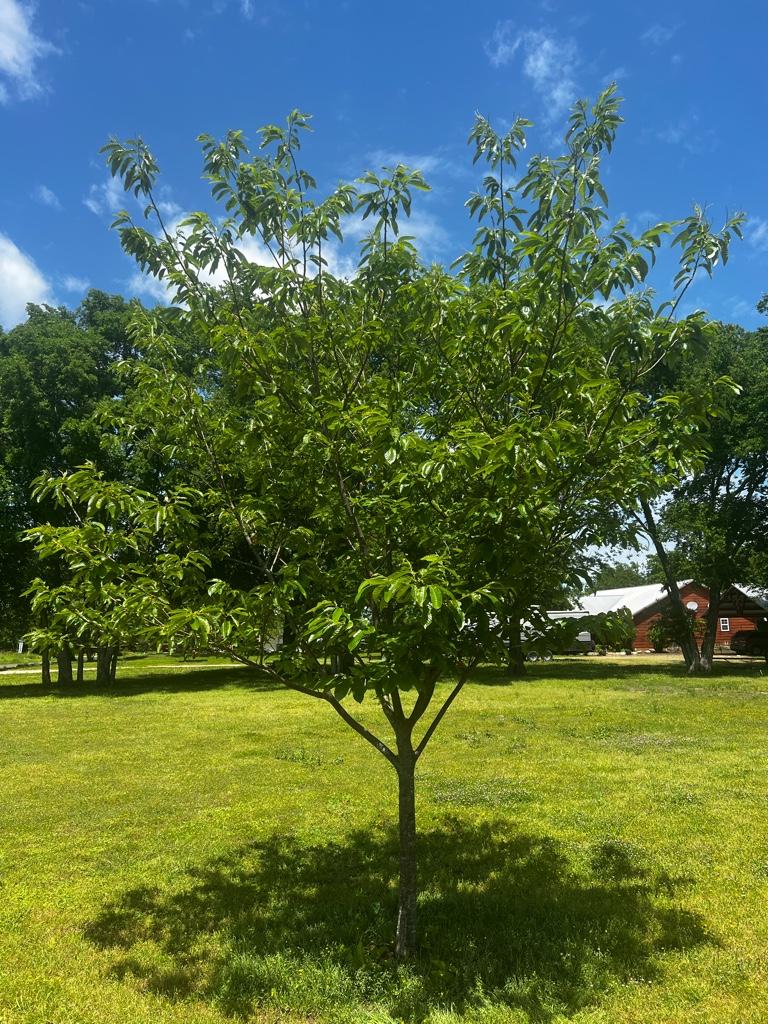yoderjac
Well-Known Member
Here is an old post of mine regarding mixes for chestnuts:
There are professional mixes you can get from nurseries that are just as good. As I said Fafard 3B is one I've used that has been just as good. The cost is deceiving. I'm paying closer to $35 a bale for Promix these days. Because the bales are compressed they contain roughly 3 times as much medium as the uncompressed bags on an uncompressed volume basis as the bags you get in a retail store.
There are two important reasons you want a professional mix with the right kind of chunkiness for growing with root pruning pots. First is that the voids in these mixes great gaps for the roots to fill as they are pruned and branch upstream. When a tree is ready to transplant from a root pruning pot, the density of roots is extremely high compared to a non-root pruning pot. The second reason is even more important for most.
One of the biggest issue folks have when starting out growing trees indoors under lights is watering. Many trees like chestnuts don't like wet feet. Until folks get the hang of it, deciding how frequently to water and how much water can be very difficult as it changes fast during different stages of tree development. Most of the problems I see are related to water. A professional mix with proper drainage in an 18 makes this process much simpler. One can water by weight. I've discussed this technique on other threads. Watering on a schedule or with a certain amount usually doesn't work well. Watering by weight ensures you are providing enough water but allowing the roots to dry out sufficiently between watering.
One more note. I would not mix promix or any other mix with the pine bark nuggets when using 18s. I do that with larger RB2 1 and 3 gal containers and it works well, but it is too chunky for 18s.
If you get the watering right, you can make any old mix work, even regular Miracle Grow. If you want to maximize your chances of success either mix your own or get one of the professional mixes for tree growing. The link I provided in the previous post lists lots of brands and shows their performance. You can find a good performing one and try to find the components and make your own, or use a big store mix as a base and add what is missing. I've been growing trees in rootmakers for a number of years now, and I'm still not good enough at watering with other methods. I find mixing my own too inconvenient and end up buying a professional mix.
Last edited:

